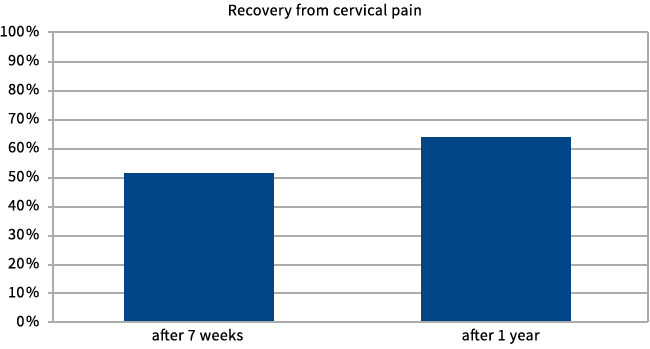Cervical Spondylosis and Neck Pain: An Overview
More than 60% of the general population can have symptoms of neck pain. Wear and tear as described on an x-ray or MRI scan may not be relevant to self-reported pain in the cervical spine.
Cervical spondylosis is a degenerative condition that describes age-related changes in the cervical spine. There may be changes in the spinal disc, vertebrae, joints and ligaments.
Symptoms and Causes of Cervical Spondylosis
Symptoms can be quite vague, such as headache, neck pain, dizziness, stiffness, pain spreading down the arms, numbness of fingers and difficulty with tasks such as writing, closing buttons or tying knots.
